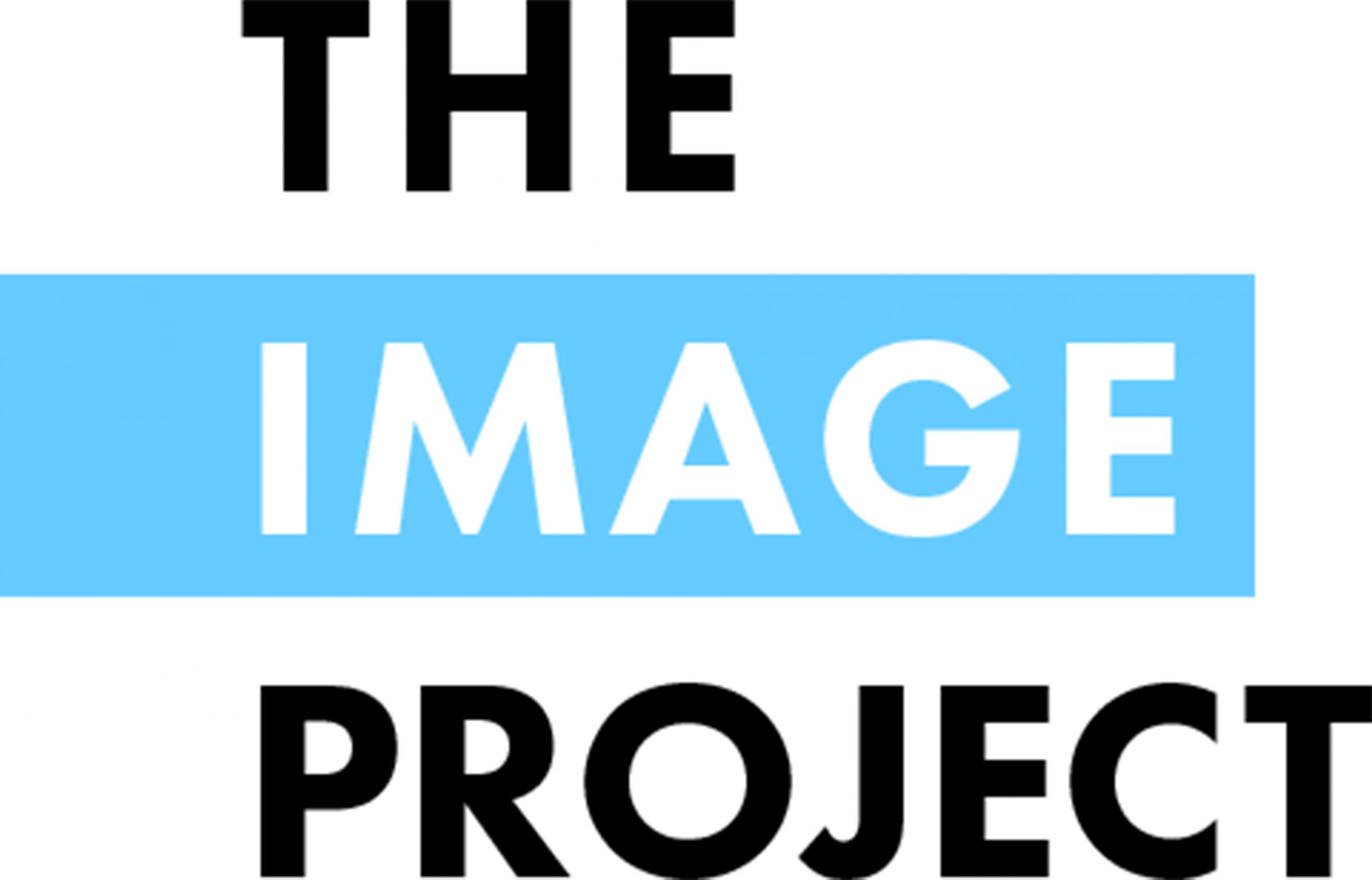by Mitzi Waltz, Daniela Del Carlo Goncalves and Monserrat Vasquez Ladron de Guevara
Our team at Vrije Universiteit Amsterdam were tasked with taking the findings from the IMAGE Project so far, and using them as the basis for a short training programme for careers advisors. The target group included advisors working at universities, and also external advisors who work with autistic university students and students. Staff interviewed previously had told us that they had not initially been prepared by their formal training to support autistic job-seekers, so addressing that need was an obvious target for the project.
And so we went to work. We looked through previously conducted interviews with careers advisors and autistic people for tips and guidelines, case studies and issues that could be addressed through training, and we revisited the literature. We came up for a shape for the training that we thought would be acceptable in terms of length, content and delivery mechanism—and then, of course, COVID-19 hit, meaning that what had been envisioned as a very interactive training experience would need to be delivered online. This resulted in some unexpected extra tasks, like starring in our own training scenario films!

Once the training “script” and a set of PowerPoint slides had been assembled, careers advisors were invited to take part in pilot test-runs of the training. We assembled two groups that included both experienced careers advisors we had met during the project and less experienced colleagues. The idea was to find out if it was pitched at the right level for people relatively new to the role, but also to get the input of experienced colleagues about how we had constructed cases, fostered debate, and gotten key themes across.
Many careers advisors consider disclosure a positive step that will be responded to with support, whereas many autistic people do not have that experience.
To our surprise, the two sessions had quite a different “vibe.” Although a two-part post-training evaluation done by our Masters student colleague Daniela Del Carlo Goncalves indicated that advisors were generally satisfied with the training and were also able to draw on it at a later late, there were some lessons to learn.
First, it can be tricky to include highly experienced supervisors and less experienced members of staff in the same training session. What we hope for, of course, is that supervisors themselves will deliver the training in their workplace (preferably in conjunction with autistic service users). However, they will need to be aware that the dynamics of doing so can be tricky. It is crucial to create an environment where all participants get a chance to contribute without fear of making a mistake, and where there are no “dumb questions.” That is difficult when newer staff members feel that their lack of knowledge might be judged by a supervisor during training, or when supervisors too quickly butt in to answer every question.
Second, trainees need plenty of time to talk about the issues and case studies presented. There are easy, knee-jerk answers to questions, and then there are the nuanced, reality-based answers we want: discussions that really help trainees change their own practices. For example, on the issue of discussing diagnosis with a prospective employer, the assumption remained amongst many careers advisors that this is always a positive step that will be responded to with support, whereas autistic students and graduates (and the employment statistics for graduates with autism) indicate that often this is not the case. It’s an issue that needs careful unpacking, followed by brainstorming alternative strategies. The brainstorming part was a very important point to consider: trainees want more practical information than theoretical background and a lecturer speaking about case studies. They preferred to discuss different ways and possible paths to facilitate graduates with autism.
It would have made the training even better to co-present with one or more autistic people.
One positive finding was that individual careers advisors had a bank of knowledge about helpful resources, both in the community (local, regional or national) or at universities. Training sessions provided a great opportunity to share this knowledge with colleagues, which had not always happened on the job. This indicated to us that the ideal training situation would include trainees from more than one organisation, to foster information-sharing. It is also important to localise the materials, and we have therefore ensured that the package includes some blank slides that can be filled in with specific types of local resources.
Finally, during the pilot session we felt the lack of direct input on the day from autistic people themselves. It would have made the training even better to co-present with one or more autistic people. We therefore encourage careers advisors who want to use these materials to approach local organisations of autistic adults, autistic students’ organisations, or (former) autistic clients. Another good practice could be forming a panel of autistic students/graduates to act in advisory role for a careers advice service. Such a group could contribute to effective training and also offer regular advice on potential service improvements.
We learned a lot during the pilot, and have incorporated as much of this learning as possible into the final version of the training materials. We hope that each service that adopts these materials will make its own improvements, ensuring that they reflect university and national realities and resources.

